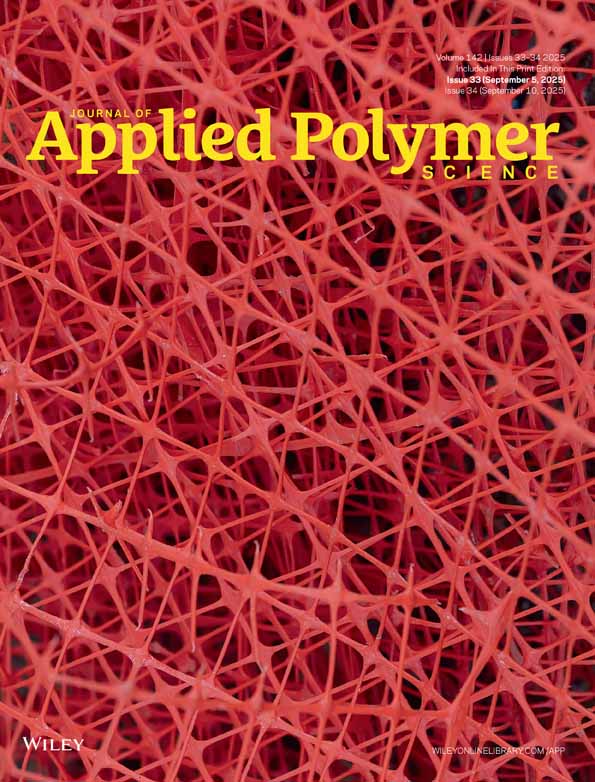The effect of binary diluents on the performance of ultrahigh molecular weight polyethylene/SiO2 hybrid hollow fiber membrane
Abstract
Ultrahigh molecular weight polyethylene (UHMWPE)/SiO2 hybrid hollow fiber membranes were prepared by thermally induced phase separation (TIPS) using mineral oil as the first diluent, polyethylene oxide (PEO) as the second diluent, and SiO2 as additive. The effect of PEO on the rheological behavior, FTIR-ATR spectra, phase diagram, morphology, and permeability was investigated. The results suggested that a proper amount of PEO can decrease the viscosity of UHMWPE/diluent appropriately. Because PEO and UHMWPE were incompatible, the miscibility of membrane dope could be changed by PEO, which directly affect the phase separation. It was also discovered that a spherulite structure, coming from solid–liquid (S-L) TIPS, was built at any UHMWPE concentration without PEO. Whereas, an open-cell porous structure with better connectivity, owing to liquid–liquid (L-L) phase separation, was produced after adding PEO. The permeability increased firstly, and then decreased because excessive PEO was sensitive for agglomeration. © 2011 Wiley Periodicals, Inc. J Appl Polym Sci, 2012




